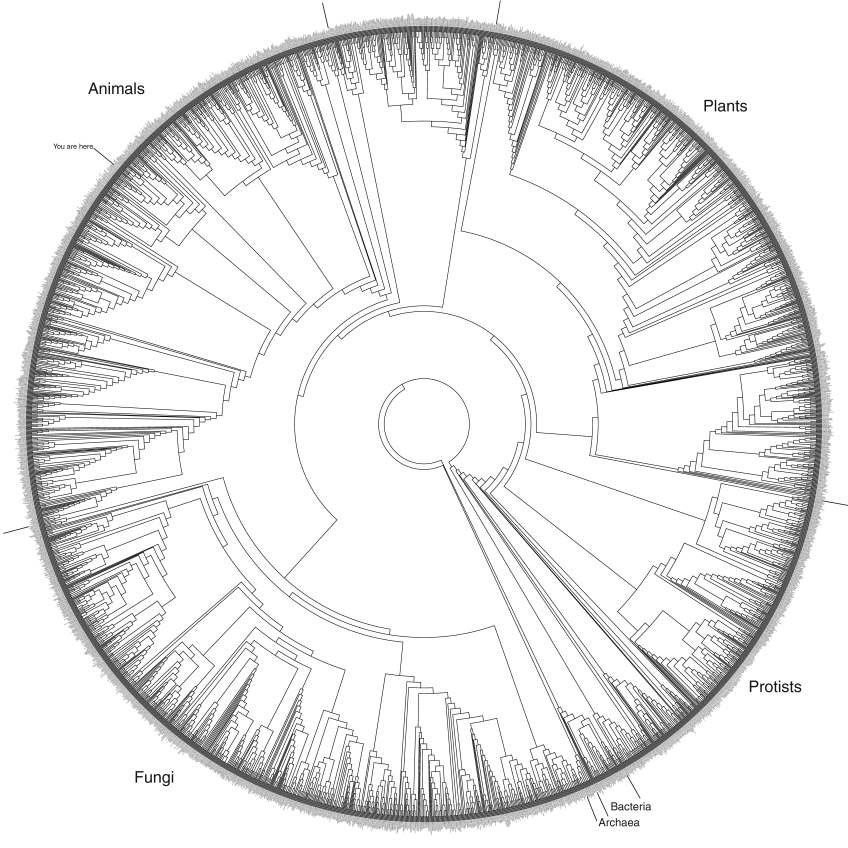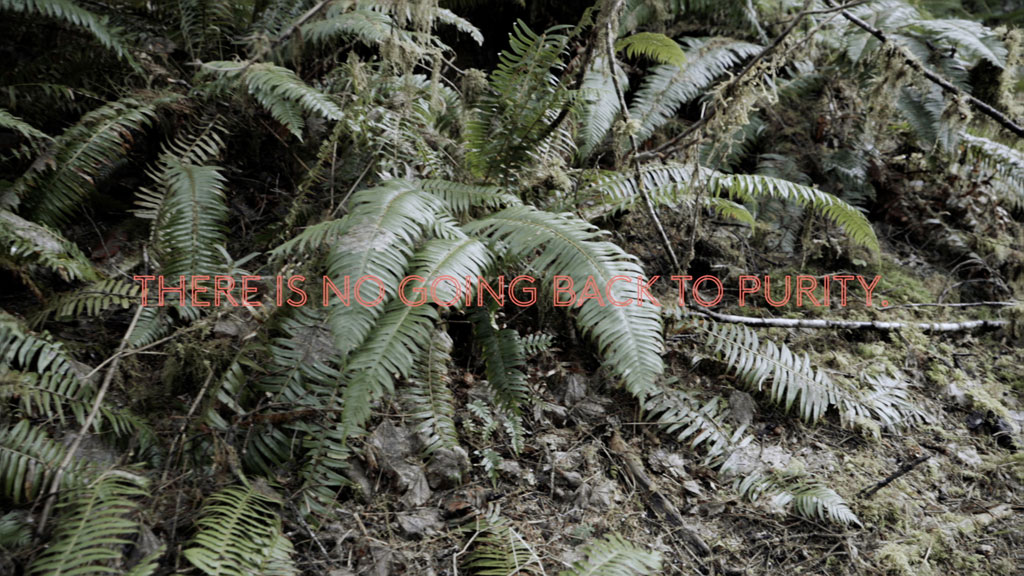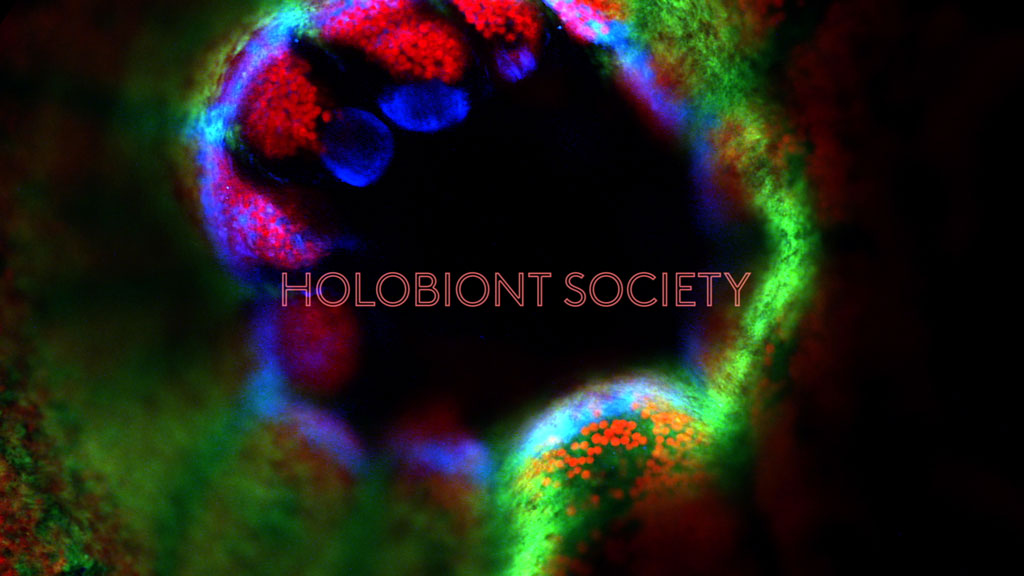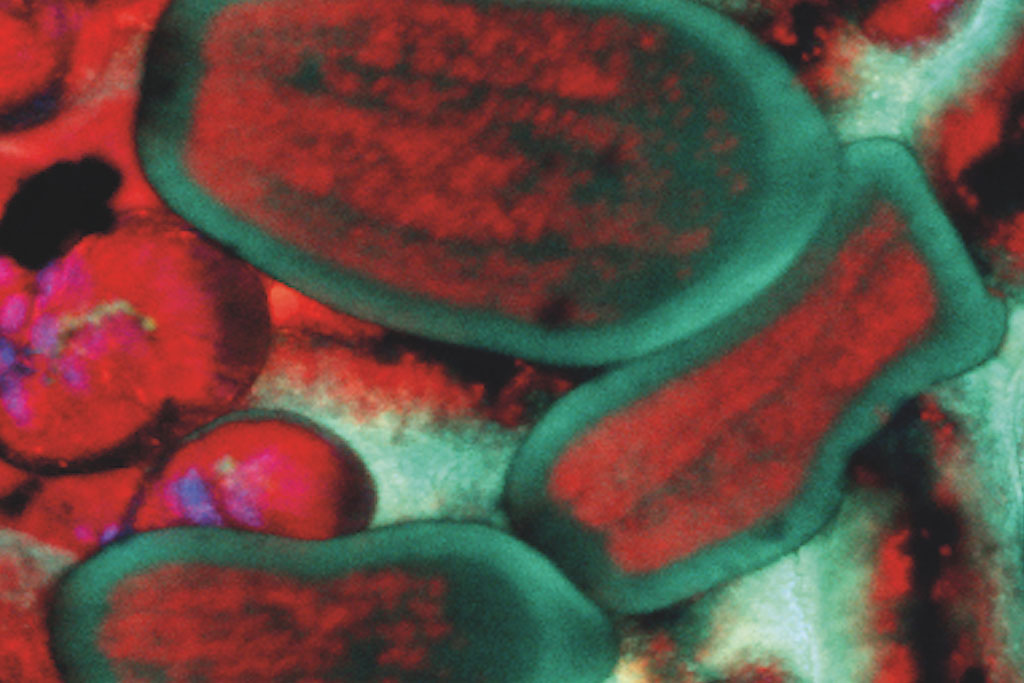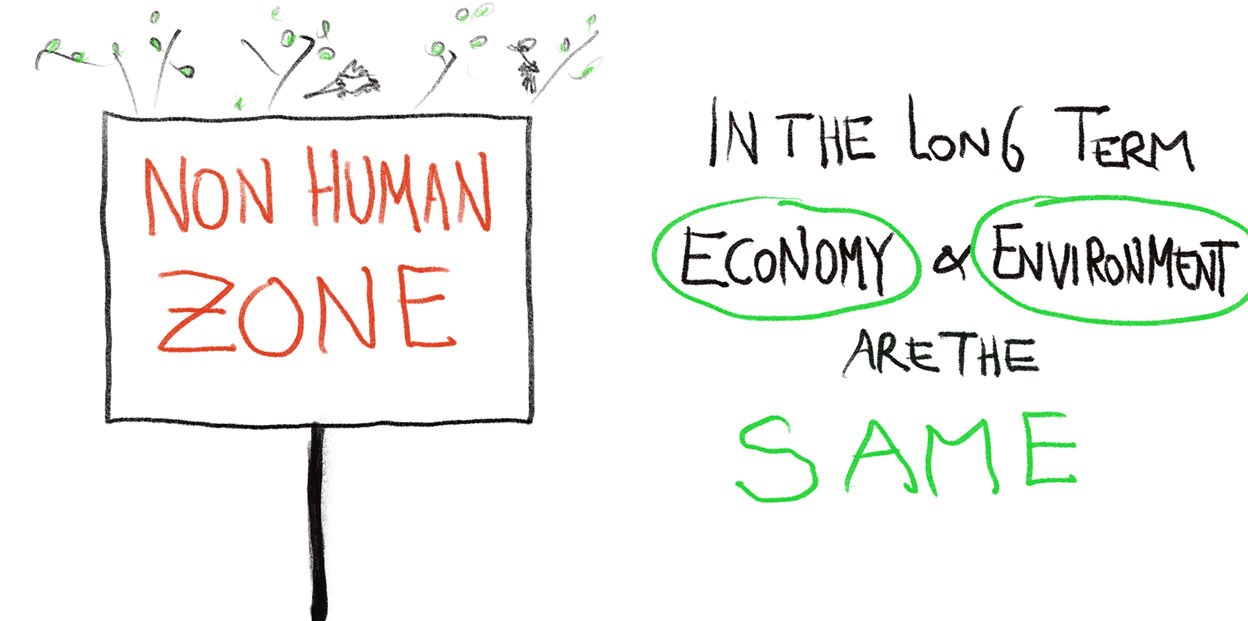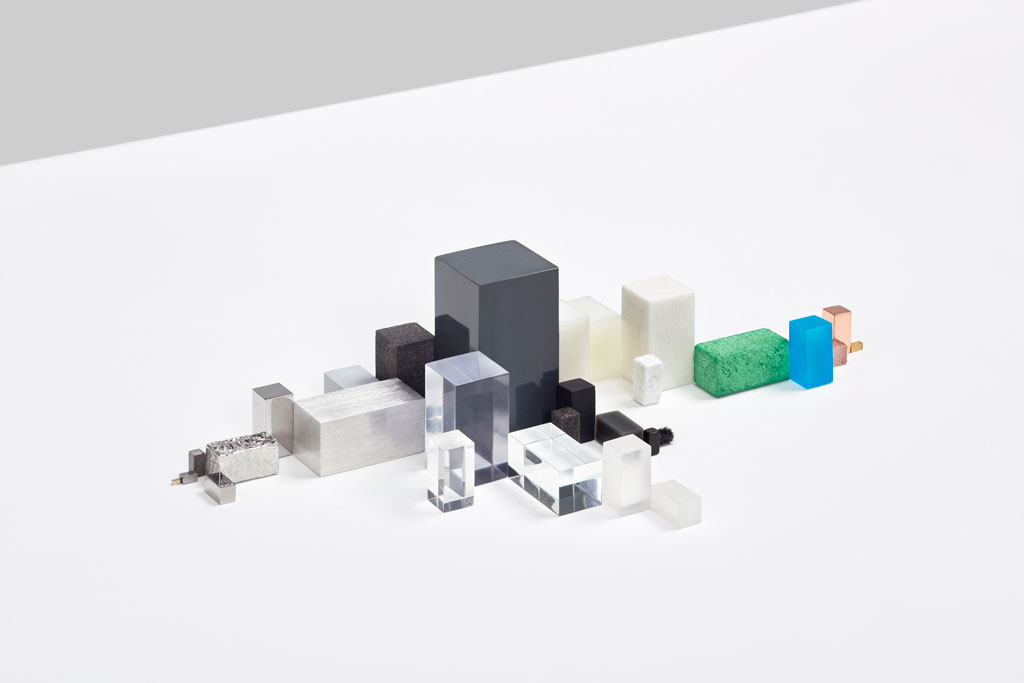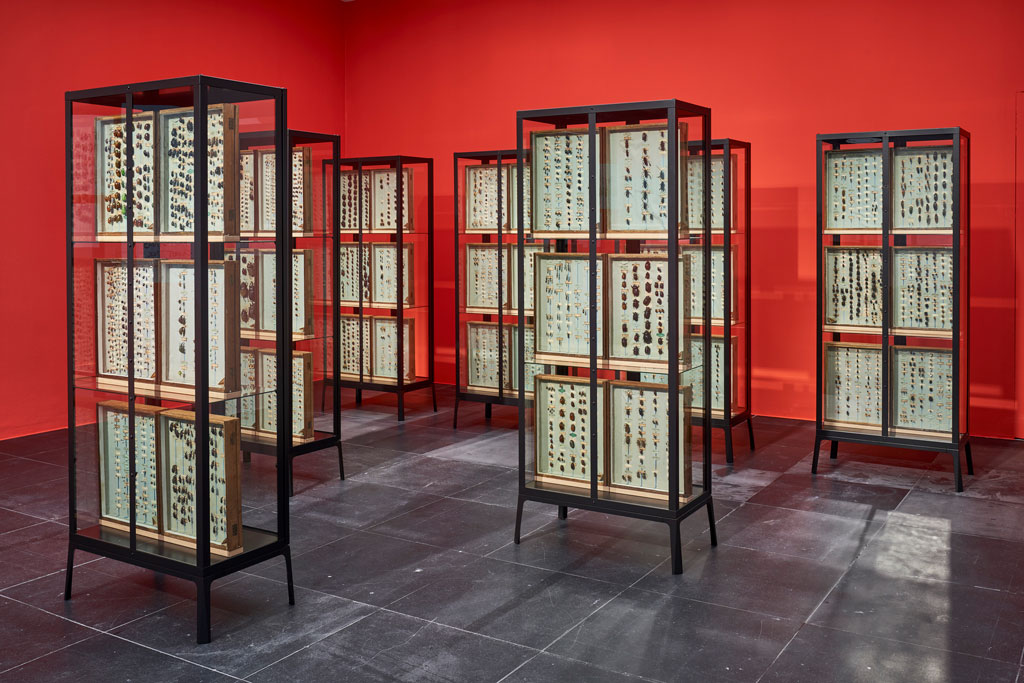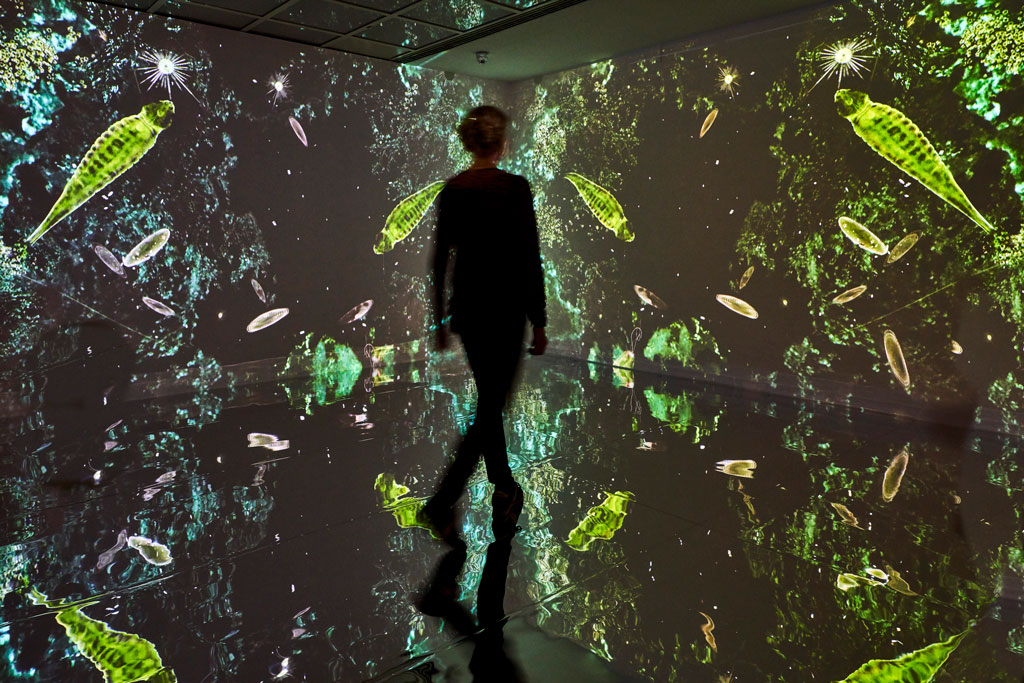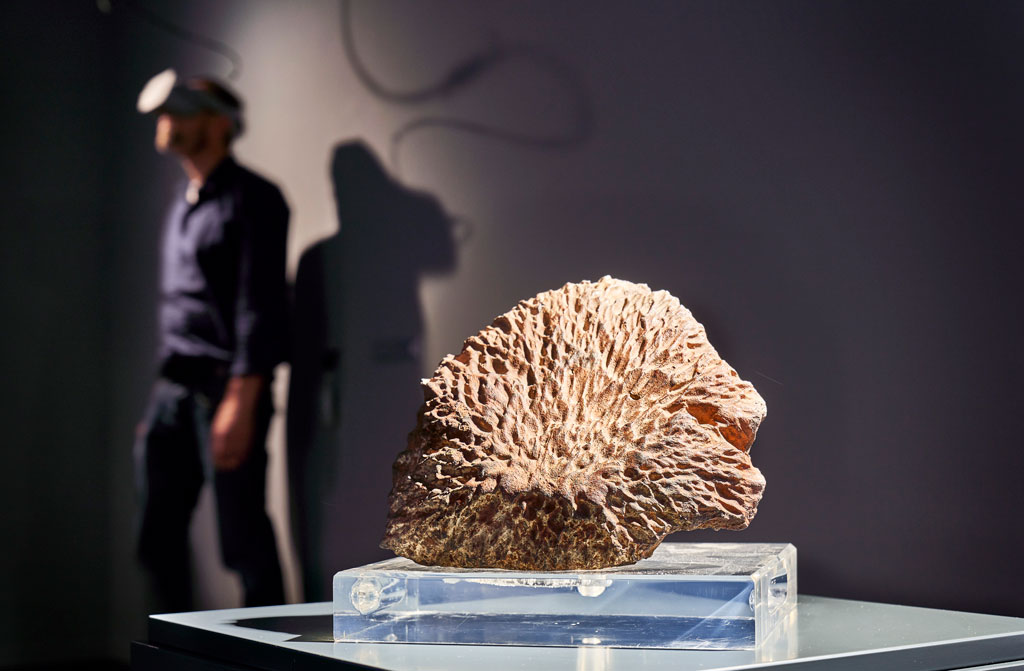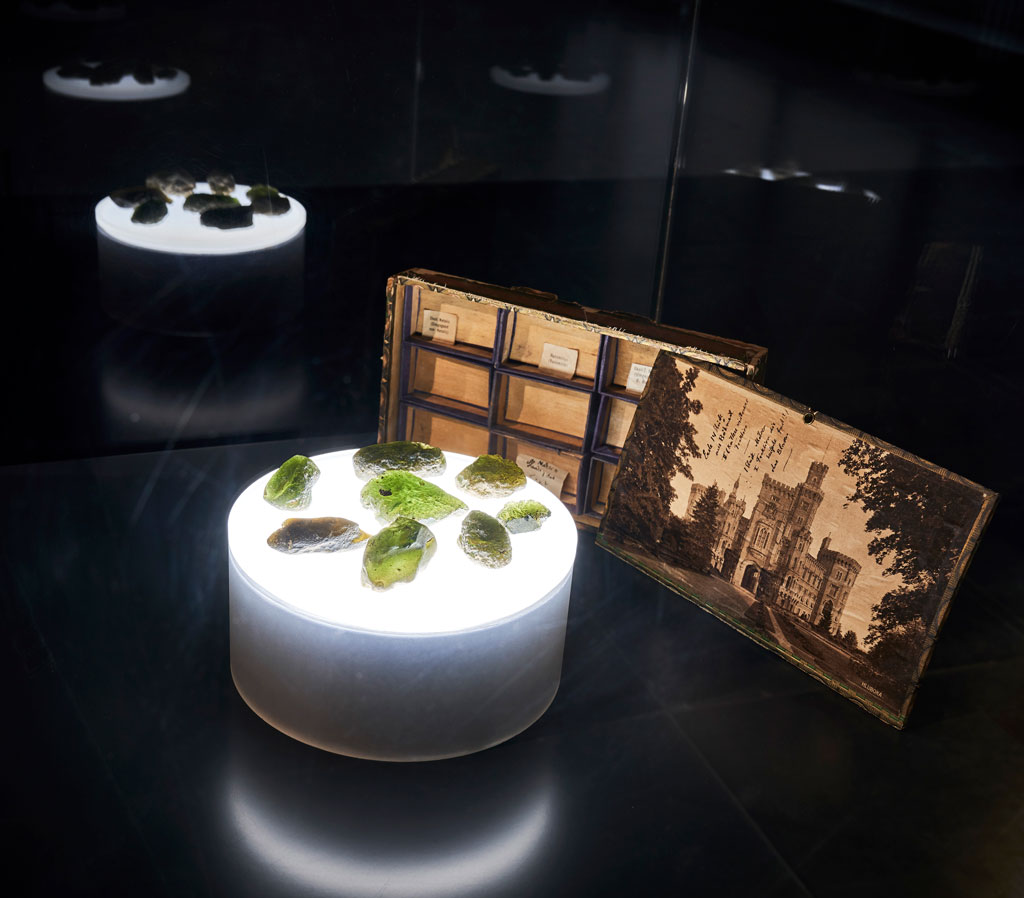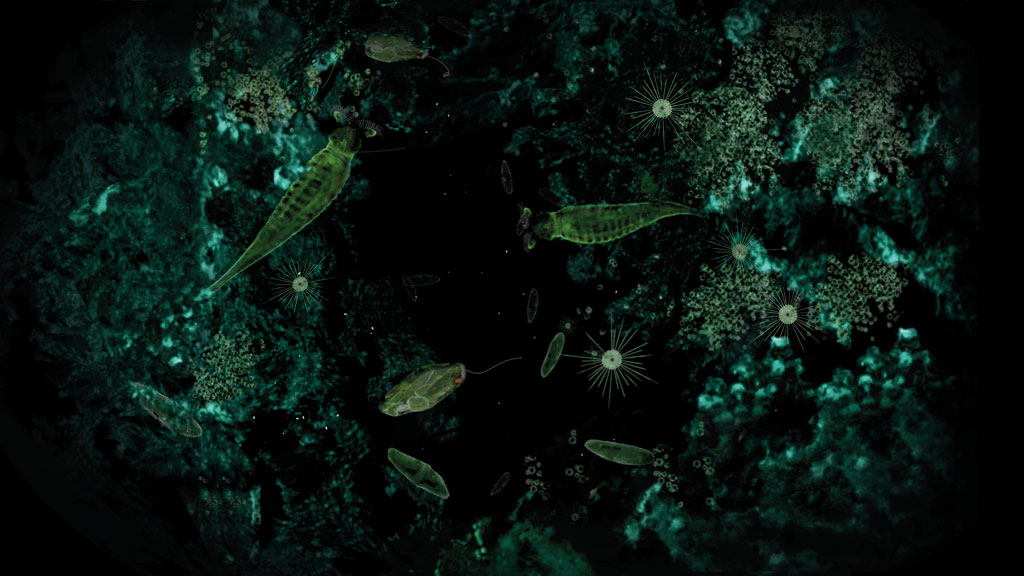ART-PRESENTATION: Trees of Life-Stories for a Damaged Planet
 Today, our image of nature is governed by mathematical and economic perspectives and interpretive models. Numbers, facts, and measurements are gathered with the help of computers and subsequently translated into models. This knowledge is vitally important for gaining insights, understanding complex relationships, and conceiving ideas regarding greater causality. At the same time despite the subjectivity of the individual and their existential experience of finitude surely deriving meaning from this information, our minds are unable to ascribe knowledge to the subjectivity of being purely through facts and figures.
Today, our image of nature is governed by mathematical and economic perspectives and interpretive models. Numbers, facts, and measurements are gathered with the help of computers and subsequently translated into models. This knowledge is vitally important for gaining insights, understanding complex relationships, and conceiving ideas regarding greater causality. At the same time despite the subjectivity of the individual and their existential experience of finitude surely deriving meaning from this information, our minds are unable to ascribe knowledge to the subjectivity of being purely through facts and figures.
By Efi Michalarou
Photo: Frankfurter Kunstverein Archive
For more than 200 years the Senckenberg Gesellschaft für Naturforschung has been working to study and understand nature in its infinite variety of life forms, in order that it may be preserved and used sustainably as the basis of life for future generations. Senckenberg’s main undertakings are integrative research into “geobiodiversity” and the mediation of research and science. The three nature museums in Frankfurt, Görlitz, and Dresden reflect the diversity of life and Earth’s development over millions of years. The exhibition “Trees of Life – Stories for a Damaged Planet” encompasses all of the Frankfurter Kunstverein’s exhibition spaces. The invited artists include Sonja Bäumel, Edgar Honetschläger , Dominique Koch and the Artist Collective Studio Drift. An entire room is devoted to each of the participants. Artworks are spatially juxtaposed with exhibits from the collections of the Senckenberg Gesellschaft für Naturforschung. Visitors are led through the exhibition to a 225-million-year-old fossilized tree. Part of the collections of the Senckenberg Naturmuseum, the 1.7-ton trunk is from the Petrified Forest National Park in Arizona. Standing in the room at a height of over two meters, the trunk was fossilized under to specific conditions and is now a magnificently colored sculptural fossil. The exhibit establishes a physical relationship between us and a temporal dimension that we can quantify but are unable to grasp or understand emotively. An entire room on the first floor is dedicated to Sonja Bäumel. Her artistic work draws on a critique of so-called human exceptionalism as she brings the privileged position of humans into question. Bäumel’s work emerges against the backdrop of current scientific findings, which state that 50% of the human body consists of microorganisms: it coexists with them in complex symbiotic interactions. A comprehensive display was conceived with the artist for the exhibition at Frankfurter Kunstverein, in which several of her works are presented. The materials for her artistic works are microorganisms from her own skin that she uses to create living exhibits. In the adjacent exhibition space, is on presentation the film “Symbiotic Earth”, which celebrated its world premiere at the University of Oxford in 2017. Microbiologist Lynn Margulis helped to substantiate James Lovelock’s Gaia hypothesis with her microbiological findings. With an academic background as a philosopher who came to biology through evolutionary genetics and worked at various universities, Margulis defended a different interpretation of evolution, as the result of symbiogenesis: the fusion of two living beings into one organism. In the exhibition, the film about Lynn Margulis is placed in a spatial dialogue with stromatolites from the collection of the Senckenberg Naturmuseum. The fossils were formed over 560 million years ago out of layers of primeval cyanobacteria. In the film Margulis points out that cyanobacteria is the primordial cell of all life and also a source of free oxygen in the atmosphere. Countless numbers of these bacteria can be identified in the cross section, testifying to a centuries long sequence of growth and decay. The Trier University of Applied Sciences has developed an immersive installation with the Senckenberg Gesellschaft für Naturforschung. Visitors enter a digital world in which a drop of water and the life contained therein (radiolarians, cilia, euglena, and rotifers) can be experienced in a larger-than-life manner. The work is shown for the very first time. Edgar Honetschläger is an artist and filmmaker. In his artistic practice, he concentrates on questioning cultural givens and humankind’s relationship with nature. Honetschläger decided to raise his voice not only as an artist, but also as an activist as he no longer operates solely in the symbolic space of artistic production. He created the nonprofit organization GoBugsGo in 2018 and is committed to finding fellow campaigners worldwide. Against the backdrop of the past 20 years of drastic development that has seen the number and variety of insects dramatically decline globally, Honetschläger acts with a view to restoring habitats and permanently securing them as collective property, whether through donation or purchase, in order to transform them into spaces free of people. The exhibition presents “GoBugsGo” in Germany for the first time, dedicating a space to Honetschläger, where his activist project is presented alongside a historic insect collection from the tSenckenberg Gesellschaft für Naturforschung. The collection was created in Heidelberg in the nineteenth century and presents species from all over the world strung in 42 individual boxes. In their aesthetic display, the objects represent a human-conceived way of approaching nature. On the upper floor is the work of the artist collective Studio Drift, founded by Lonneke Gordijn and Ralph Nauta in Amsterdam. Their works examine the relationship between people and the things and technologies they have created. The exhibition presents the work series “Materialism”, which physically deconstructs everyday objects that symbolize our consumer driven society, such as the iPhone or a Nokia mobile phone. The numerous individual parts are then further broken down into the raw materials they are comprised of. Two other objects that play a central role in armed conflicts worldwide are part of Studio Drift’s investigation. The M16 and AK 47 machine guns (both with cartridges) are among the best-known weapons in the world. All the objects were deconstructed and reverse engineered, first into their individual components and then into their chemical elements. We can no longer see the artifacts in their man-made form as industrially manufactured objects. We encounter them in their essence, in their reduction to their essential matter. Industrial products stand before us as pure raw materials that have been synthesized into abstract cubes; geometric forms that refer to the formal language of classical modernism and its principle of deconstruction. In close proximity the exhibition presents the source of all the elements on our planet: the cosmos. On display are moldavites and a meteorite from the collection of the Senckenberg Gesellschaft für Naturforschung. Meteorites were formed 4.56 billion years ago at the birth of our solar system. Meteorites contain the chemical elements that make up our entire solar system and from which ultimately all life on our planet developed. For example, the water in our oceans comes from comets, the calcium and phosphorus in our bones from supernovae explosions, and the hydrogen in our cells is a primordial element from the Big Bang. An immersive VR station allows visitors to experience the force of a meteorite impact for themselves. Dominique Koch concludes the journey through the exhibition. Her work represents a debate currently being led in numerous disciplines on the need to critically reexamine established hypotheses on the basis of knowledge. The film Holobiont Society is a montage of found footage with audio recordings of interviews with three internationally renowned scientists: Scott Gilbert, Maurizio Lazzarato, and Donna Haraway, as well as electronic music by Tobias Koch. The film begins with biologist Scott Gilbert’s thoughts on so-called genetic determinism and then leads to Lazzarato’s critique of capitalism and exploitation as its central theme. In third position, Donna Haraway challenges the idea of the privileged position of humankind. Koch manages to find a unique aesthetic form in which she emotionally charges fragments of discursive knowledge models.
Info: Curator: Franziska Nori, Scientific Consultant: Philipe Havlik, Frankfurter Kunstverein, Steinernes Haus am Römerberg, Markt 44, Frankfurt, Duration: 10/10/19-19/1/20, Days & Hours: Tue-Wed & Fri-Sun 11:00-19:00, Thu 11:00-21:00, www.fkv.de
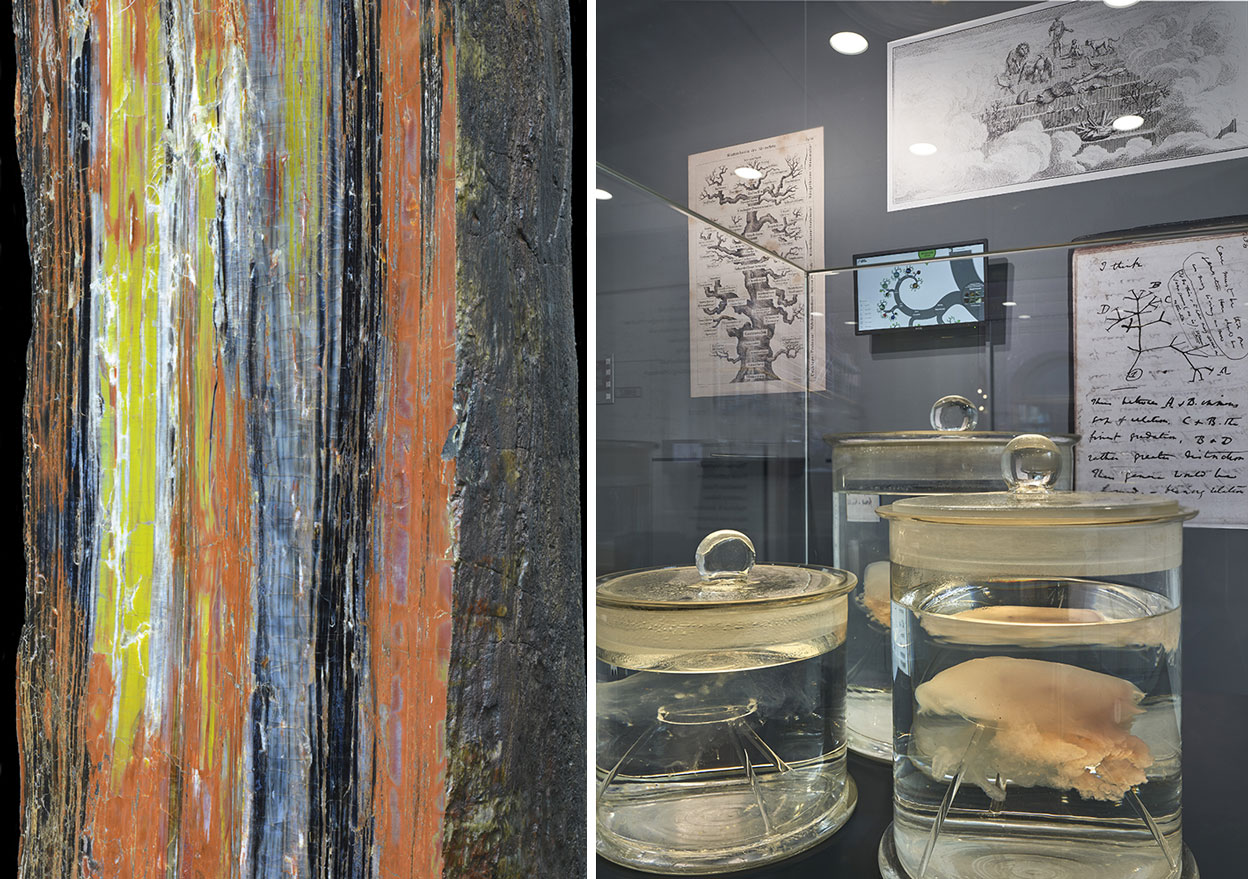
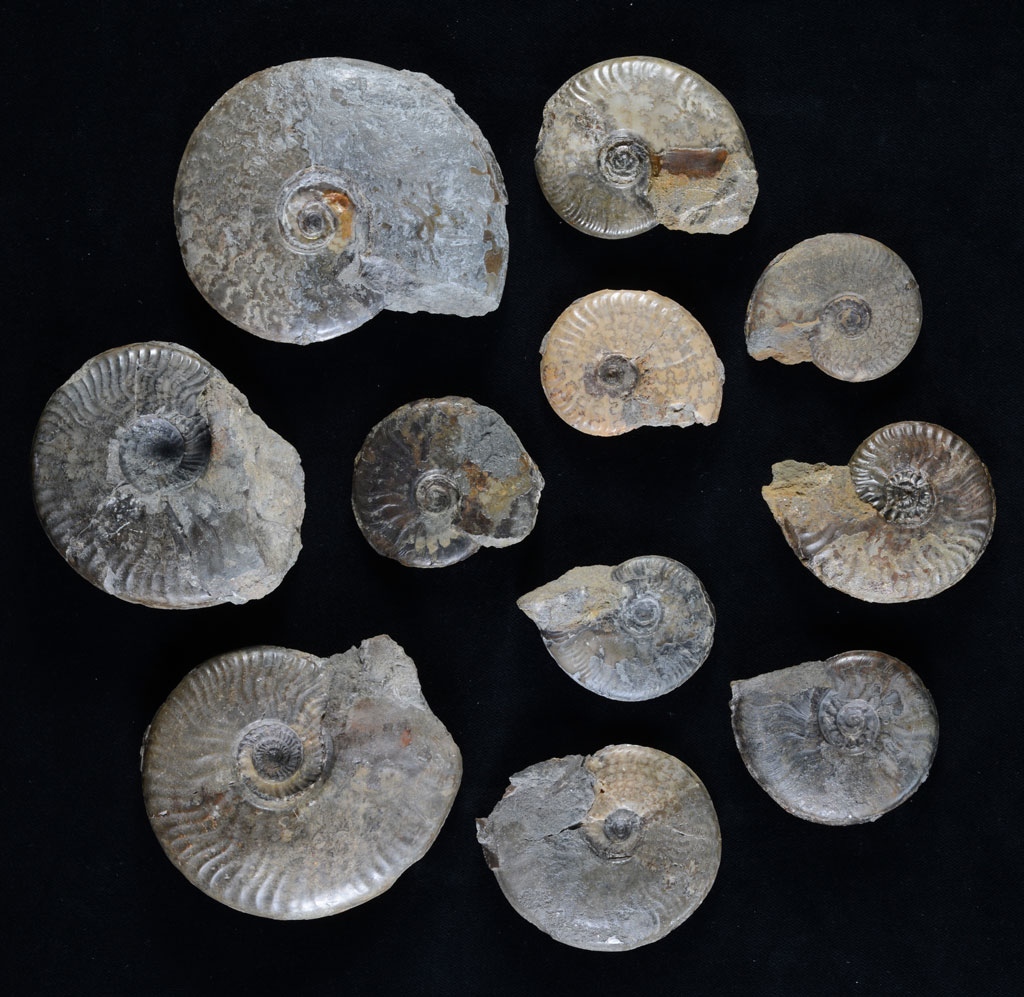
Years, Photo: Sven Tränkner/ Senckenberg, Gesellschaft für Naturforschung, © Frankfurter Kunstverein, On loan: Senckenberg Gesellschaft für Naturforschung
